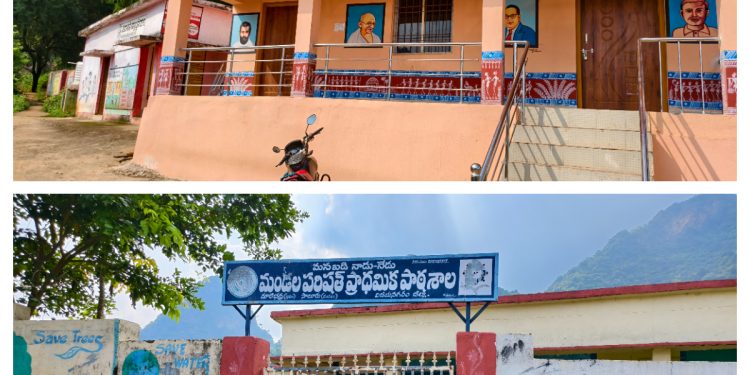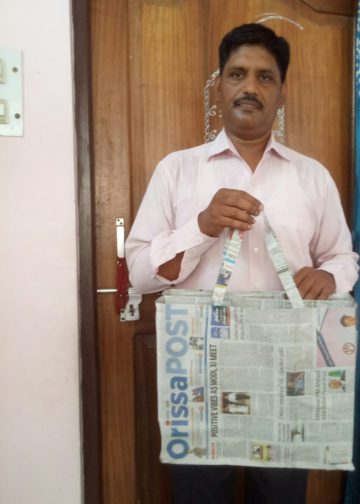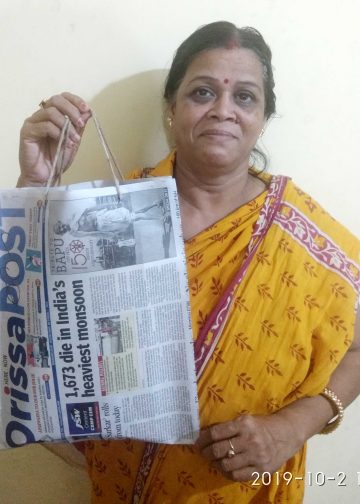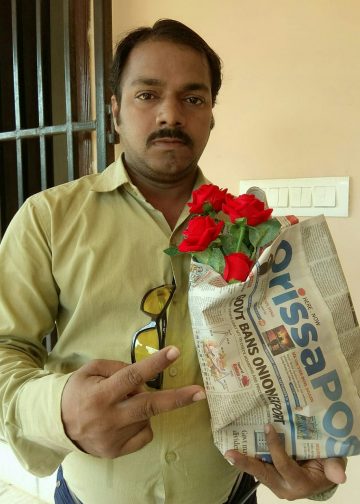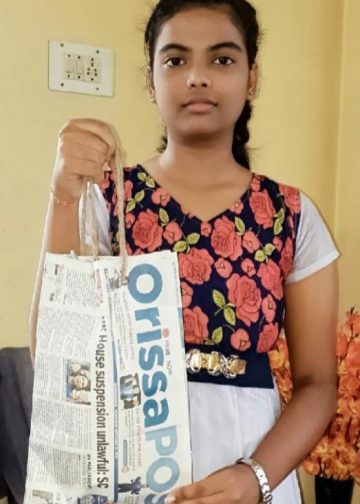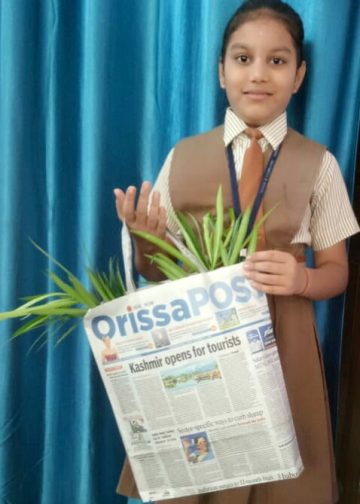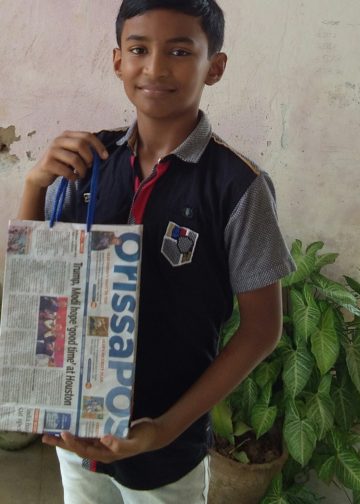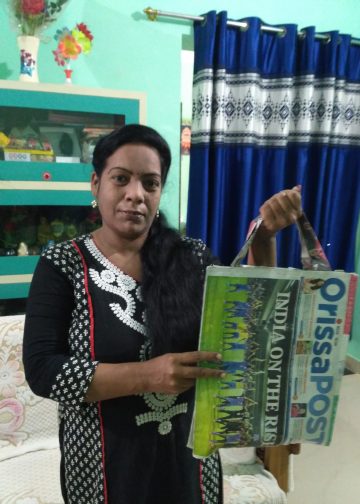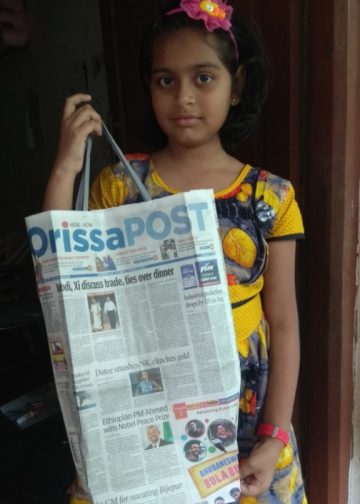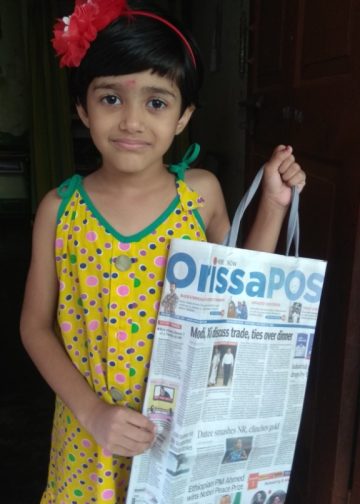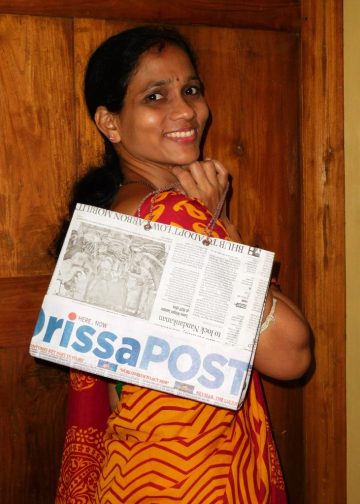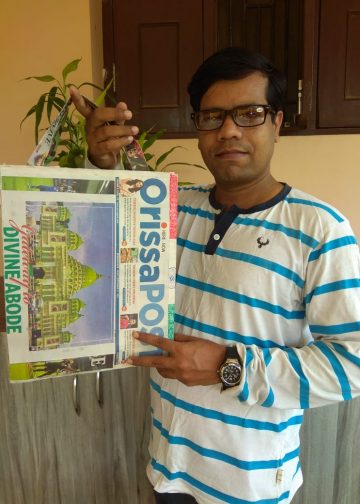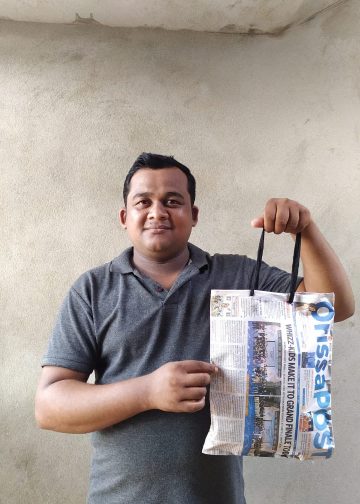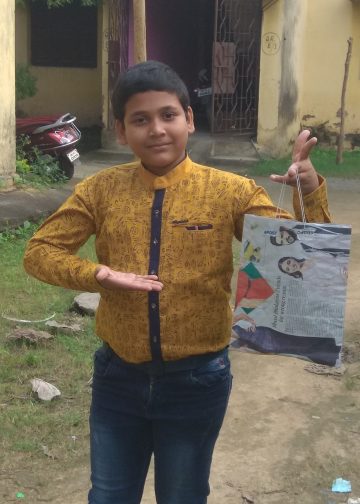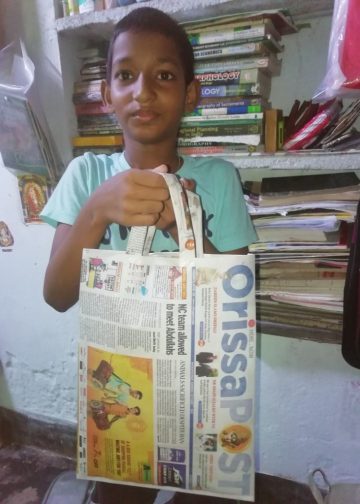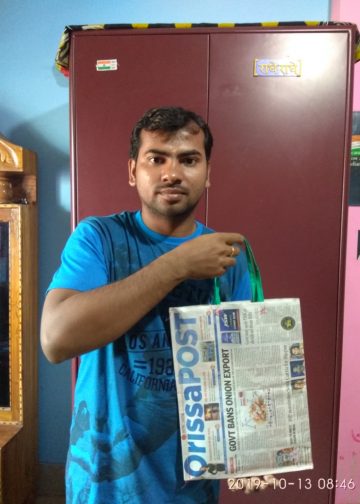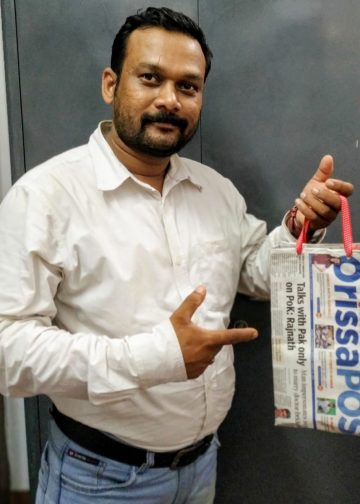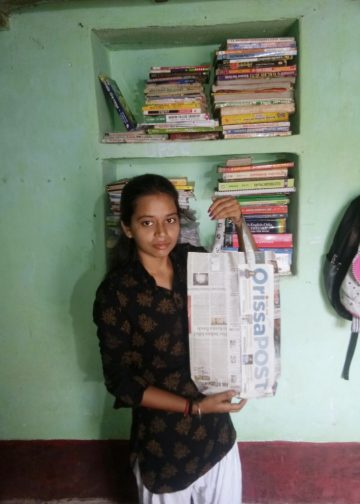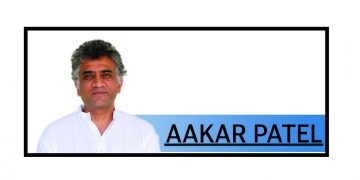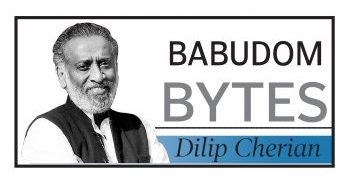Pottangi: In an unusual situation highlighting the challenges in border regions, Dhulipadar village in Kotia panchayat under this block of Koraput district is home to two primary schools belonging to two different states, a report said.
One of the schools is run by the state government and the other by neighbouring Andhra Pradesh. Both schools are functioning simultaneously, imparting education to children in the village. While education is considered the cornerstone of social progress, the divided administrative control has left villagers uncertain about the direction of their children’s future. In Dhulipadar, the state government runs a primary school having facilities for teaching from Class I to Class V.
The school has 17 students on its roll and two teachers appointed to teach the children. Although a new school building has been constructed, it has not yet been handed over for use due to some pending construction work. As a result, the students continue to study in a makeshift and dilapidated tin-roofed room adjacent to the new structure. Just a short distance away, Andhra Pradesh government operates a rival primary school. It has comparatively better infrastructure, including facilities for handwashing and classroom learning.
Also Read: State sets up panel to address Kotia panchayat issues in Koraput
The school currently has a strength of 24 students, having classes from I to IV. The coexistence of two different educational systems in one village underscores the lingering administrative conflict between Odisha and Andhra Pradesh over the disputed Kotia region. The impact is most evident in the classrooms, where young learners are caught between two states and two futures. Moreover, it has come to light that students attending the Odisha government school in the border village are also enrolled in the attendance records of Andhra school. This unusual duplication surfaced upon scrutiny of school attendance registers in the disputed border village. The discovery raises serious questions about the functioning of the midday meal scheme in the area, as it appears that two states may be unknowingly providing benefits to the same group of students. Concerns are mounting that this arrangement may have led to the misuse of resources and potential pilferage of government provisions.
Despite being aware of the situation, the Pottangi block education department has remained silent on the issue. Observers say the department’s inaction has, in effect, allowed the irregularities to continue unchecked. Many are now demanding a high-level investigation into the matter. When questioned, Prashant Kumar Mohanty, the District Education Officer, claimed the arrangement was coordinated between the two states’ education departments and that a report had already been submitted to the state government to draw its attention to the issue. Local sources indicate that some families in the village enrolled their children in the Andhra school to avail of financial incentives.
As a result, even though the children physically attend the state-owned school, their student IDs (APAAR IDs) have been generated by the Andhra Pradesh education department. This discrepancy has effectively sidelined the Odisha education system in the region. Officials note that while Andhra Pradesh has issued valid APAAR IDs for these students, Odisha has been unable to do so for the same students. The issue highlights a worrying lapse in inter-state coordination and oversight.


